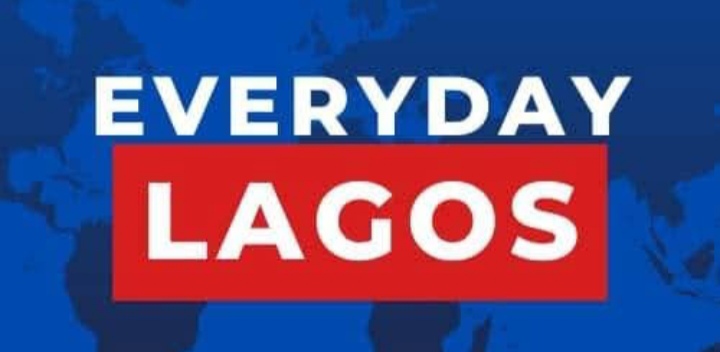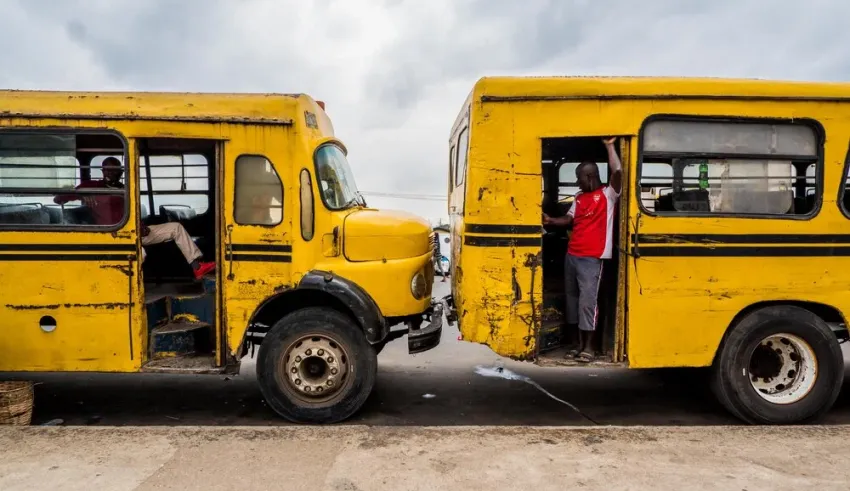Akeem Lasisi
Should someone who has possibly been sleeping in Lagos in the past 25 years wake up today, he will surely meet a state that has significantly moved away from its chaotic past he knew. Good luck to him if, say, he is still looking for the molue, the passenger trucks that used to define the transport system in the business capital of the country.
Our slumbering friend, who may want to journey from a place like Oshodi, will find out that the chaos the city used to wear like a festive dress has significantly disappeared. Instead of the notorious interlock of molue with their moody noises and lethal smokes, accompanied by dare-devil danfo (mini buses) and okada (commercial motorcycles), smart BRT buses and other cleaner vehicles now exude sanity there. Indeed, our marathon sleeper will realise the biggest surprise awaiting him, if he wants to visit Agbado from Oshodi. Red Line trains now ply the zone.
In other words, instead of the 49 sitting 99 standing trucks that was his choice vehicle (may Fela’s metaphors-saturated soul rest in peace), all he needs to do is saunter to the next train station and glide into the train, which started commercial operation on Wednesday, 16 October 2024. Yes, he will discover that the smart trains he used to read about in books have arrived to become a part of the people’s lives. This indicates that, with the Red Line joining the Blue Line, an a promise of the Green Line also beginning to take shape, Lagos is completely burying the memory of its molue years.
On the whole, with the inauguration of the Red Line, Ikeja, Agege, Iyana Ipaja, Abule Egba and Agbado areas residents and businesses now have a big promise fulfilled. Taking advantage of the rail expansion, many of them will now spend less time on the road. It’s no longer an eternity travelling from the Sango area to Oyingbo, and even the Island as the 37-kilometre line has shortened the distance. They will also experience less stress while also feeling the sense of modern life that others in the developed world have since been enjoying.
While flagging off the line, an elated Governor Babajide Sanwo-Olu assured Lagos residents that it would bring succour to their lives. He said: “The train is slow and steady and we are happy that all sectors of the society are here with us, including members of the Actors Guild. With the commencement of this train service, tomorrow (Wednesday) we shall flag off this service in full. LAMATA (Lagos Metropolitan Area Transport Authority) has released their schedule of the train service”.
Among the Nollywood stars who witnessed launch were veteran actor, Jide Kosoko; and his younger counterpart, Yomi Fash-Lanso.
The train services start from Agbado at 6 am, while the next leaves Iju at 7:30 am. Fares range from N500 to N1,500. For instance, Agbado to Oyingbo costs N1,500, while commuters leaving Agege to Agbado will pay N500. LAMATA says the Cowry card is the only requirement for boarding.
In many ramifications, the Red Line project is a significant investment in Lagos’ urban transportation. Initially estimated at $135 million, it falls under the Greater Lagos Urban Transportation Project. The project spans eight stations from Agbado through Iju, Agege, Ikeja, Oshodi, Mushin, and Yaba, ultimately terminating at Oyingbo.
The initial phase of the LRMT project aims to enable 37 daily trips, catering to over 500,000 passengers daily.Stakeholders have attested to the fact that the facilities of the Red Line are of modern repute. These include the train’s cooling system, handrails, cushioned seats, and in-built safety features. The stations are spacious and well situated to drive home the inter-modal transportation model as there are BRT terminals situated close to the train stops.

